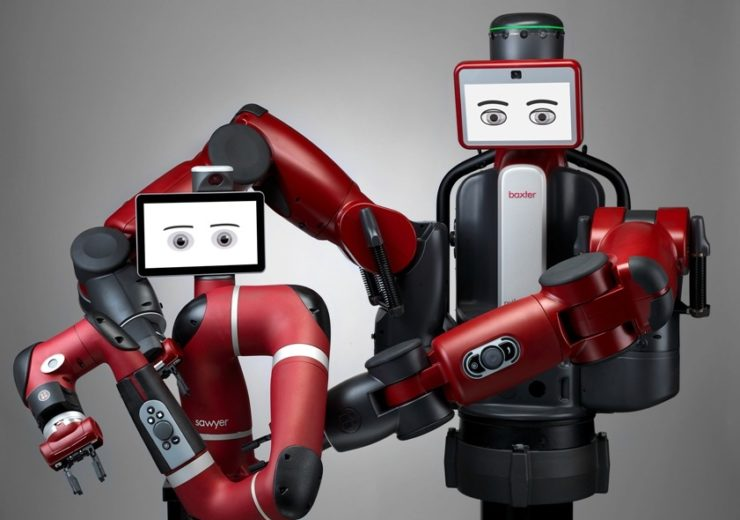As more small businesses are entering competitive industries like the manufacturing sector, they are increasingly appreciating the benefits of automation. And while initially, this was a luxury that was solely reserved for larger sized companies, this is no longer the case. The increased availability of small robots that are both versatile and flexible have made it possible for even the smallest of companies to enjoy the benefits of automation.
One of the key benefits of using robotic systems is the fact that they are both accurate and precise when it comes to executing their tasks. This alone is usually enough to give most small businesses a competitive edge. Here is what you should know.
Lower production costs due to lower wastage rates
Mistakes tend to lead to wastage of raw materials. This is because defective products have to be discarded. And since the losses that accrue due to these mistakes have to be factored in when calculating the per-unit production costs of items, they tend to lead to higher production costs. For a business that is in a highly competitive space, these increased costs can erode the business’ ability to remain competitive.
Robots do not get bored or tired. They are highly accurate and their accuracy tends to be consistent no matter how fast or how long they work. These features make it harder for them to make any mistakes. As a result, when you deploy quality robots, like universal robots, on your factory floor, you essentially eliminate a significant part of your production costs by limiting the amount of mistakes that lead to defective or damaged products. These savings can then be passed on to your customers, making it easier for you to effectively compete price-wise.
Simplified quality control processes
When you are using human workers, the probability of ending up with defective products is higher. This is because as human beings, they can make mistakes. They also don’t have the ability to do the same work in the exact same way, and so their error rate tends to be higher. To make sure that your company doesn’t end up shipping defective products, you will have to set up an extensive quality control process. This process takes time, and it will also demand a lot in terms of manpower and capital.
Unlike human beings, robots are less prone to making mistakes especially when they are properly programmed. Therefore, they don’t require as extensive of a quality control process. This alone can end up shaving off a significant amount of time and costs off your production process.
Reputational benefit
With time, the accuracy and consistency that the robots provide will translate into a good business reputation. This is because your customers will come to know what to expect when it comes to your company. Whether it will be a matter of consistency in terms of packaging, delivering goods or services on time, or reliability in terms of a product’s utility, the resulting consistency will help you to build a loyal customer base at a faster rate. This will in turn lead to brand loyalty, something that will play a significant role in ensuring your long term success, especially if you are in a highly competitive industry.
Safer workplace
One of the main causes of injuries and accidents in the workplace, is human error. This may be as a result of failure to take the necessary precautions when tending to machines, errors in handling hazardous materials, and any other errors that occur due to forgetfulness, loss of concentration, boredom or skill insufficiency. Any of these things can lead to serious injuries that result in increased workers’ compensation costs, litigations and time offs. These are all problems that having a highly accurate and precise robotic system can help you to avoid.
Given that collaborative robots are not only affordable, but also easy to deploy and operate, the upside for small businesses is unlimited. This is so especially for businesses in highly competitive industries.


